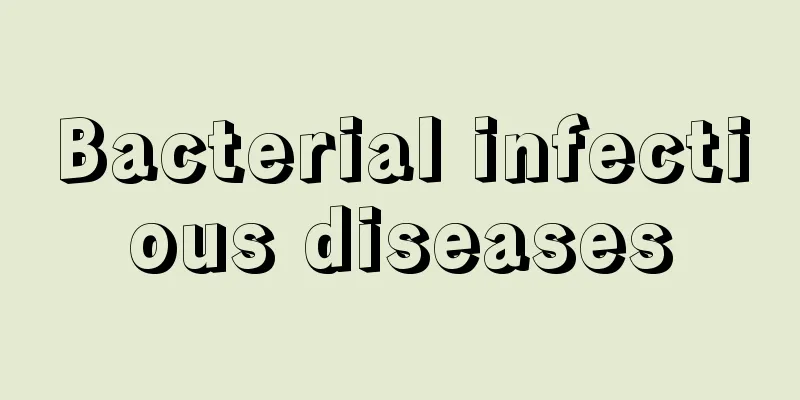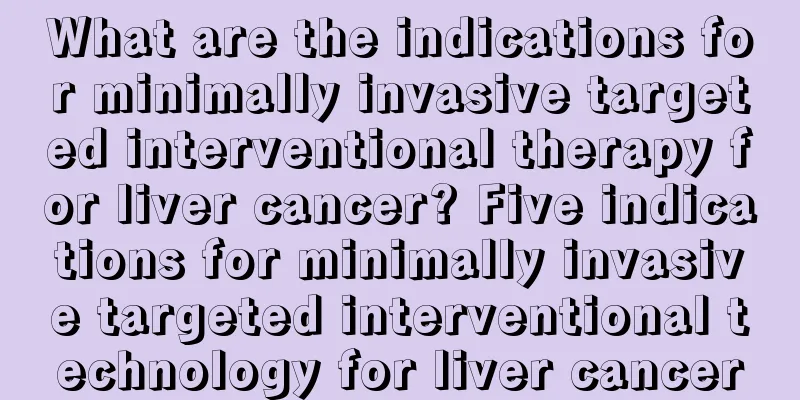Bacterial infectious diseases

|
Bacterial infectious diseases, as the name suggests, are diseases caused by bacterial infection. Different bacterial infections have different symptoms. For example, Staphylococcus aureus can cause skin diseases, and in severe cases it may also cause pneumonia, meningitis, etc. There are also some bacteria that can cause meningitis, pneumonia, etc., such as Escherichia coli, Klebsiella pneumoniae, H. influenzae, etc. If a bacterial infection occurs, you must go to the hospital for medical treatment immediately. On the surface of a normal person's body and in the cavities that communicate with the outside world. For example, there are various microorganisms in the oral cavity, nasopharynx, intestines, and reproductive tract. Under normal conditions of human immune function, they are beneficial and harmless to the human body and are called normal flora. Among them, those that live on the human body surface include: Staphylococcus aureus, Staphylococcus epidermidis, Corynebacterium JK, Propionibacterium acnes, etc. The following are some of the species that reside in the oropharynx. Staphylococci, α- and β-hemolytic streptococci, non-hemolytic streptococci, pneumococci, Neisseria, Moracata, Haemophilus, anaerobic cocci, lactobacilli, diphtheroids, eubacteria, fusobacteria, bacteroides, Candida albicans, etc. Those residing in the intestines (from the end of the jejunum to the colon) include Escherichia coli, Enterobacter aerogenes, Proteus, Pseudomonas aeruginosa, Staphylococcus, Enterococcus, Clostridium perfringens, Peptococcus, Streptococcus, Bacteroides (mainly Bacteroides fragilis), Bifidobacterium, Eubacterium, Fusobacterium, and Candida albicans. The bacteria that live in the vagina include: Lactobacillus, diphtheroids, Bacteroides, Enterococcus, Escherichia coli, Neisseria, anaerobic cocci, etc. Clinically, one bacterium can infect different parts of the body and cause different diseases. For example, Staphylococcus aureus can cause skin and soft tissue infections, as well as pneumonia, osteomyelitis, meningitis, sepsis or endocarditis; enterotoxigenic Staphylococcus aureus can cause food poisoning; a Staphylococcus aureus that produces a specific exotoxin (TSST-1) can cause toxic shock syndrome. In addition, different bacteria can cause similar clinical manifestations. For example, Escherichia coli, Klebsiella pneumoniae, and Haemophilus influenzae can cause pneumonia, meningitis, sepsis, etc.; Staphylococcus aureus, α-hemolytic and non-hemolytic streptococci, enterococci, alkaline bacteria, and Pseudomonas aeruginosa can cause infective endocarditis. |
<<: Foodborne illnesses include
>>: How to remove fat particles on cheeks
Recommend
What is the treatment for cerebral vascular obstruction
If the cerebral blood vessels are blocked, it wil...
Can I smoke after surgery?
Whether it is in TV advertisements or slogans on ...
Why does my left chest hurt when I take a deep breath
People need to breathe to absorb oxygen in the ai...
Effective methods are needed to prevent lymphoma
The incidence of lymphoma in my country is not hi...
What is the conservative treatment for varicose veins in the lower limbs?
There are many common diseases in daily life, and...
Is liver cancer intervention harmful to the body?
Is liver cancer intervention harmful to the body?...
Can olive oil be used for scraping?
Gua Sha can treat colds and prevent chloasma. And...
What's the matter with the pain in the vest and chest
Angina pectoris is a relatively common heart dise...
What is tongue cancer imaging
Tongue cancer refers to tumors that occur in the ...
How to regulate poor gastrointestinal function
Poor gastrointestinal function is not necessarily...
There is a bone protruding from the heel
Nowadays, there are very few women who do not wor...
What are the common causes of hamartoma
Hamartoma is a tumor disease with a very complex ...
How to prevent hypoxia due to cardiovascular and cerebrovascular diseases
With the increasing incidence of cardiovascular a...
What are the benefits of taking an orange peel bath?
People often add some flower petals or white vine...
What's going on with the bulge under the chicken's neck?
People often eat chicken, but few people have act...









